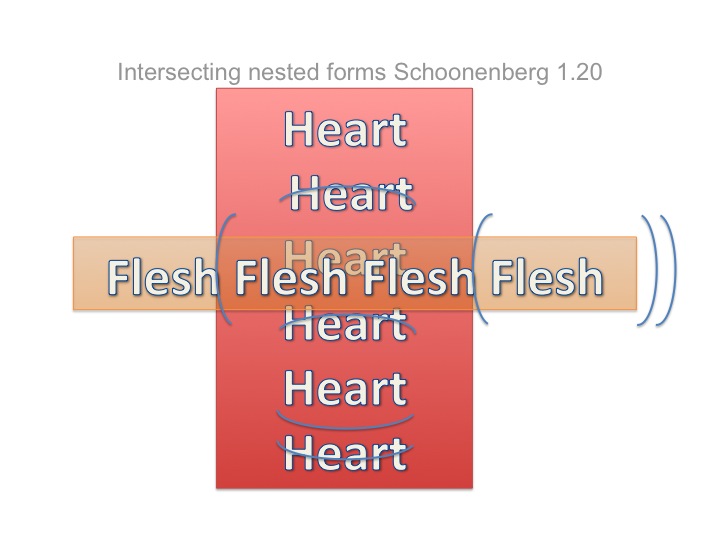Thoughts on Man and Sin by Piet Schoonenberg (1964) 1.2P3
[What does the idea that lawessential is not limited to the sinner imply?
For one, thinkgroup contextualizes the entire natural philosophical axis as if it were pure situation.
Similarly, lawessential (as well as lawacceptance and lawdenial) contextualizes the moral religious axis as if it were pure situation.
This gives rise to two observations.
First, have you noticed that when you talk about human actions according to one axis, the other conversant often responds according to the opposed intersecting axis?
If you complain about the morals of another person’s actions, the respondent might dismiss the actions as inconsequential. Or, if you are trying to point out the potential consequences of some action, the respondent might act offended. You are questioning ‘his’ morals.
Second, there seems to be a sliding scale, where lawessential – the consequences of transgressions – changes as the moral religious axis changes, and visa versa.
This leads to a counter-intuitive insight. Paul argues that, once you come to the point where you no longer deny the consequences of your transgressions, you are open to insights into thinkdivine that you would never have achieved in a direct manner.
Redemption is discovery.]

